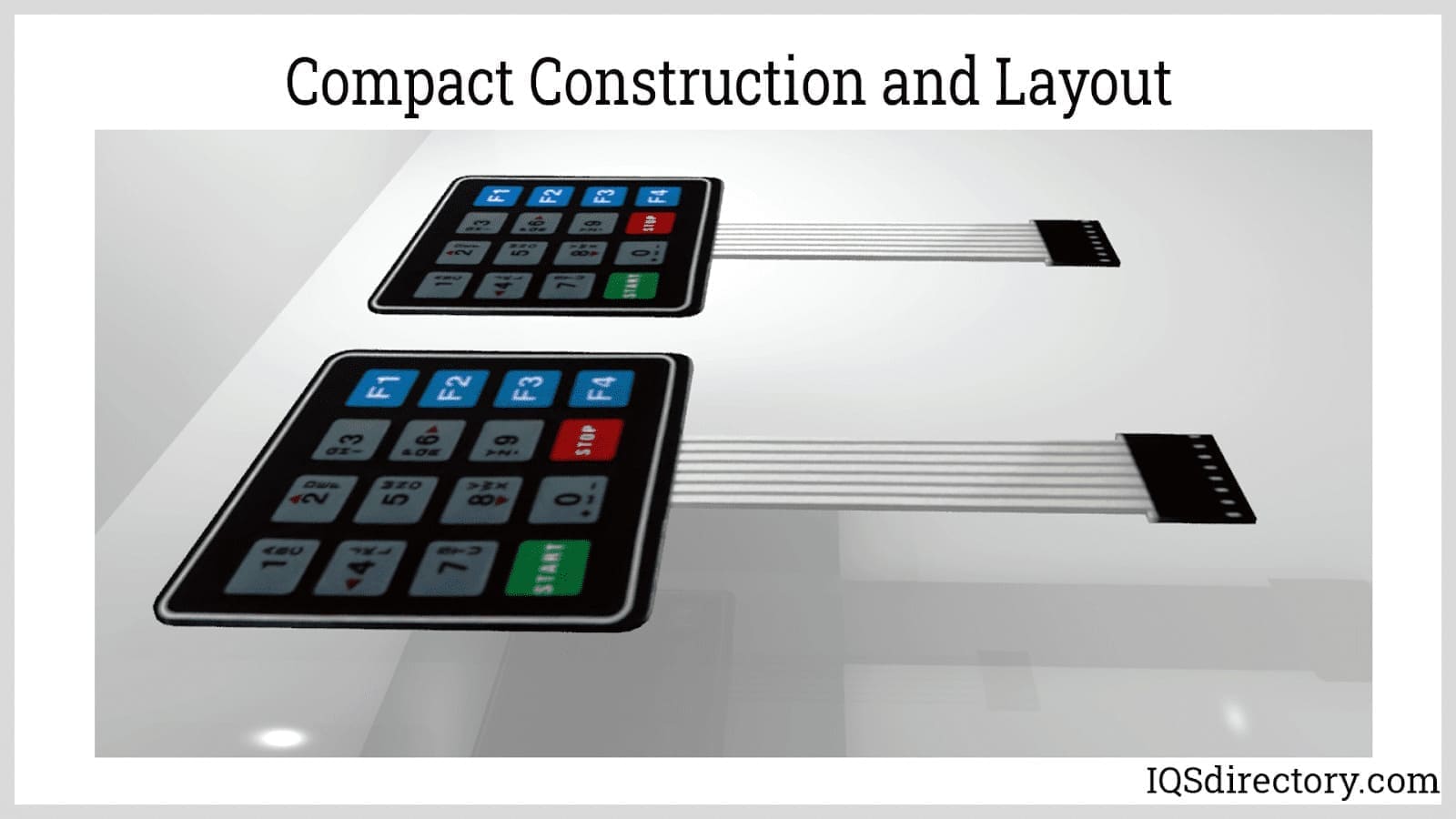Essential Functions to Seek When Selecting a Membrane Switch
Essential Functions to Seek When Selecting a Membrane Switch
Blog Article
Understanding the Capability of Membrane Layer Changes for Interface Instruments
The functionality of membrane layer switches over represents a considerable innovation in user interface style, integrating performance with aesthetic convenience. As sectors increasingly prioritize user experience, comprehending the nuances of membrane switch modern technology ends up being essential.
What Are Membrane Layer Switches?
Membrane buttons are cutting-edge user interface devices that promote individual communication with electronic tools. These functional elements include numerous layers, consisting of a graphic overlay, spacer, and a printed circuit layer. The style enables for a smooth combination into different electronic devices, improving both the visual and practical elements of interface.
Membrane layer buttons are frequently utilized in a wide variety of applications, from family appliances to industrial equipment and clinical gadgets. Their building usually includes a thin account, making them an ideal choice for small styles. The tactile responses offered by these switches can be crafted to satisfy particular user choices, guaranteeing efficient interaction between the user and the tool.
Longevity is an additional significant advantage of membrane layer switches, as they are resistant to dirt, wetness, and chemicals, which enhances their life-span sought after environments. In addition, these buttons can be personalized in terms of form, size, and graphic layout, enabling branding and user-specific features. Overall, membrane layer switches stand for a useful solution for boosting user experience in electronic devices, incorporating performance with visual charm in an efficient manner.
Just How Membrane Layer Switches Work
Operating on a straightforward principle, membrane switches use a split construction to sign up individual input properly. Each button is composed of multiple layers, consisting of a printed circuit layer, a spacer layer, and a top visuals layer, which are developed to work together seamlessly. When a user presses the leading layer, it compresses the spacer layer, bringing the conductive elements of the circuit layer right into contact with each various other.
This contact creates a shut circuit, signaling the tool to carry out a particular feature. The design permits various setups, including responsive feedback, which can improve the user experience by giving a physical feeling upon activation. The materials utilized in membrane layer switches typically consist of flexible substratums, such as polyester or polycarbonate, which make certain durability and resilience versus wear and tear.

Key Benefits of Membrane Switches

Another considerable advantage is their density. Membrane layer switches are thin and light-weight, which enables manufacturers to conserve room in their devices without compromising capability. This function is especially useful in applications where weight and quantity are important considerations.
In addition, membrane buttons are resistant to dust, wetness, and chemicals, improving their resilience. This durability prolongs their more helpful hints life-span and lowers the need for frequent substitutes, causing expense financial savings over time.
Moreover, the responsive feedback given by membrane layer buttons can be maximized to enhance individual interaction. They can include attributes such as raised buttons or audible clicks, improving use and customer experience.
Applications Throughout Industries
Customer user interface gadgets making use of membrane layer buttons prevail in a vast variety of industries, showcasing their adaptability and performance. Membrane Switch. In the clinical field, membrane switches are essential to devices such as analysis tools and patient surveillance systems, where their durability and convenience of cleaning are vital for keeping hygiene standards. In the automotive industry, these buttons are employed in control panel controls and infotainment systems, giving a streamlined and contemporary user interface for individuals.
Moreover, the consumer electronic devices field gain from membrane buttons in home appliances and handheld devices, where portable style and straightforward user interfaces enhance customer experience. Industrial applications likewise leverage membrane changes for control panels in equipment and automation systems, stressing their robustness and resistance to rough settings.
In the aerospace and defense markets, membrane switches are utilized in cockpit controls and tools, visit this web-site where dependability and efficiency under severe conditions are extremely important. Furthermore, the gaming industry significantly integrates membrane switches in controllers and arcade machines, adding to an interesting individual experience. On the whole, the versatility of membrane switches over allows their prevalent usage across numerous markets, highlighting their relevance in modern interface design.
Future Trends in Membrane Switch Modern Technology

In addition, the usage of innovative products, such as polycarbonate and polyester movies, is expected to rise, supplying improved resilience and resistance to ecological stress factors. These products contribute to the overall long life of membrane buttons, making them suitable for harsher industrial applications.
In addition, the unification of smart innovation, consisting of IoT connectivity, will enable membrane layer buttons to communicate with various other tools and systems, helping with a much more interactive user experience. This trend aligns with the expanding demand for wise gadgets across various sectors, from medical see page care to customer electronics.
Lastly, modification alternatives are anticipated to broaden, permitting suppliers to produce bespoke options tailored to specific customer needs and choices. These advancements will certainly place membrane layer switches as important parts in the evolution of customer interface technology.
Verdict
In verdict, membrane switches over represent a crucial development in user interface innovation, providing a trustworthy and versatile remedy for diverse electronic applications. As advancements in material scientific research and touch picking up technologies continue, the capability and applicability of membrane layer switches are expected to expand, reinforcing their value in modern-day digital gadgets.
Report this page